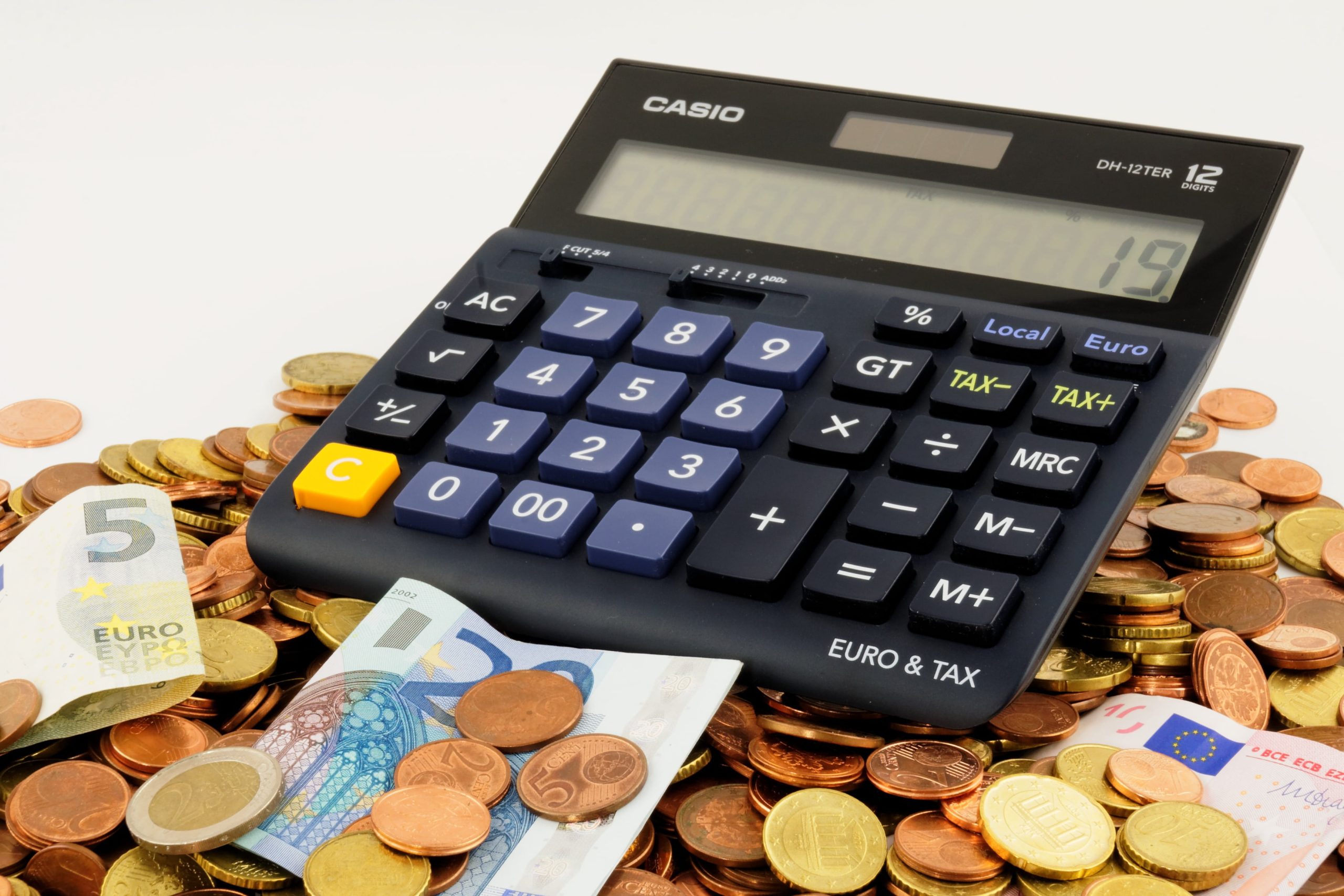
The European Union has taken the decision to use Russian assets frozen in its banks for Ukraine’s reconstruction, after long debates over the legal impediments to such an important decision. It is not yet clear how this decision will be implemented in full, but there is agreement among member states on a multi-stage plan which essentially foresees the use of the proceeds from the “tax” of these assets.
Ukraine has already received $600 million last year from the Belgian tax on the interest that these assets generated. It has also received millions of dollars from the US, money that was confiscated from the accounts of a Russian oligarch. Ukraine’s post-war “great reconstruction” requires huge funds, money that should, in theory, be jointly mobilised by governments and private investors. As the latter are still “timid” and make no promises, the burden falls on the former. The “little reconstruction” has already begun in parallel with the bombings, and the EU – which wants to take a leading role in the rebuilding effort – is already drained by the crises of recent years and the spending it has done to help Kiev resist so far. Thus, using frozen Russian assets could become one of the main resources to fuel the so-called “Marshall Plan for Ukraine”.
“I think there is enormous hope that Russian sovereign assets could become an easy source of financing,” US special representative for economic recovery in Ukraine Penny Pritzker stressed at the World Economic Forum in Davos.
The EU will not confiscate Russian assets but only the money they produce
According to an official announcement by the Belgian Presidency of the EU Council, the EU bloc states have agreed to channel the proceeds from Russian assets frozen on the territory of the Union towards the reconstruction of Ukraine. An EU official, who wished to remain anonymous on the grounds that the agreement had not yet been ratified, was quoted by the Associated Press as saying it would “allow the collection of extraordinary revenues generated from frozen assets to start to support the reconstruction of Ukraine”.
The EU has frozen $200 billion worth of Central Bank of Russia assets, most of which are held in Belgium and managed by the clearing house Euroclear. These assets represent the biggest “slice of the cake” of the money that has been frozen in Russian accounts as part of sanctions imposed on Moscow after the outbreak of the conflict in Ukraine. The total assets frozen in Russia by all the countries that have joined the sanctions total just under $300bn. On top of that, another $19 billion has been frozen in the accounts of Russian oligarchs.
The main impediment to the confiscation of Russian assets is current European legislation, which allows such a measure only in cases where the amounts were obtained as a result of a crime or the person who obtained them has been convicted of a crime. This has been the main reason why talks on the issue have stalled in the EU bloc, while the US has been calling since the summer for both the EU and G7 countries to settle the issue, stressing that such a measure can only be taken “through a joint decision”. But the confiscation measure has been rejected by several European countries, including Germany and France, which fear their legal systems could overturn it as unconstitutional on the grounds that it violates property rights. At the same time, several voices have warned that such a measure risks unsettling international markets and weakening the euro. Europe’s central banks have been sceptical about setting a legal precedent that could prompt countries that are not on friendly terms with the West to withdraw reserves and ultimately undermine global financial stability.
Moscow threatens retaliation: it too can confiscate
Last but not least, Moscow has threatened similar measures if the idea is implemented. According to calculations by the Russian news agency Ria, cited by Reuters, the Kremlin also has a list of US, European and other Western assets it could confiscate. Although smaller, their value is comparable to that of Russian assets in Western banks: $288 billion. And President Putin has shown he means business. Last year, he ordered the seizure of OMV and Winterhall Dea assets from Russian banks.
The plan is a prudent one, to avoid involving lawyers
So the only solution seemed to be the imposition of a “windfall tax” on frozen Russian assets, targeted at exactly the equivalent of the sums they produce. But even this had to be done with caution in order to avoid a legal deadlock. This is why the European Commission has proposed that deposit managers, such as Euroclear, separate the interest or profits generated by these assets and block them in a separate account. Only in a second stage would the European executive make a proposal to regulate the confiscation and use of these revenues. The plan proposed by Brussels only covers Russian state assets, not those in private accounts.
Last year alone, the Russian Central Bank’s assets in European accounts yielded €3bn and estimates suggest that this could rise to €15bn a year, depending on interest rate fluctuations. Belgium has already taxed the profits and interest produced by the assets managed by Euroclear, and has already transferred 600 million to Ukraine. Prime Minister Alexander De Croo has pledged that Ukraine will receive a further €1.7bn of this money in 2024.

The EU’s caution on the seizure of Russian assets does not mean that it would not hesitate to support – now and in the future – Ukraine’s reconstruction. On the contrary, Brussels is ready to take a leading role in Ukraine’s reconstruction and believes that the EU must do for Ukraine what the US did for Western Europe after World War II. This is the message from German Chancellor Olaf Scholz and EC President Ursula von der Leyen. Adding that future investments in Ukraine by the EU bloc will be linked to reforms to support its European course.
The EU is already making a substantial contribution to Ukraine’s reconstruction, which is ongoing. Since the beginning of the war, the EU, its Member States and the European financial institutions have allocated €67.7 billion in financial, humanitarian, emergency, budgetary and military support. At the end of last year, the ‘Instrument for Ukraine Support’ was established as part of the multiannual budget supplement, which contains €50 billion in funding for the period 2024-2027.
The US has already confiscated it. From the oligarchs
Unlike the EU, the money transferred to Ukraine by the US comes from the confiscation of money in the accounts of a Russian oligarch convicted of evading sanctions. The amount is small compared to the €600 million offered by Belgium, but the whole potential for Washington’s confiscation is significantly reduced compared to the assets in European accounts, with only about €5 billion in US banks, according to the Kyiv Independent.
Ukraine will need at least €400 billion after the war, according to World Bank estimates, equivalent to double the country’s pre-war GDP. To convince investors – governments and private entities – to participate in reconstruction, President Zelenski needs a plan, so he has already hired two giants of the financial world, US firms Black Rock and JP Morgan, to advise him on how to attract the money and how to spend it. What is important is that there is a “Marshall Plan” for Ukraine.



 Subscribe
Subscribe